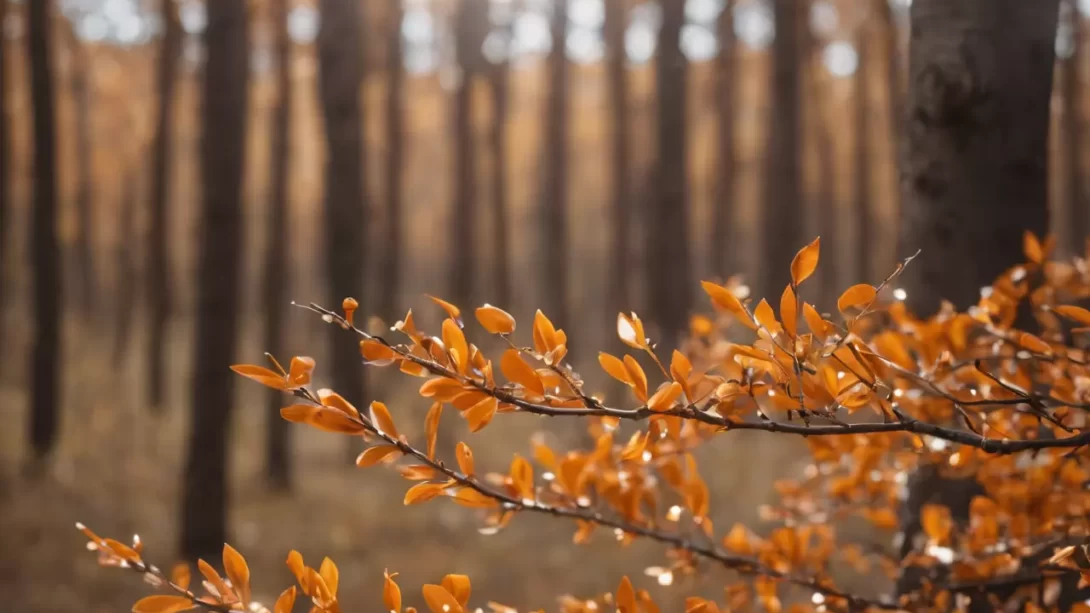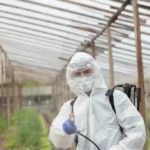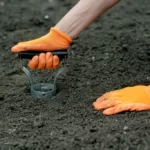Buckthorn, an invasive species in many regions, poses a significant threat to native ecosystems. Its ability to outcompete native plants and alter soil chemistry makes its control and elimination vital for maintaining biodiversity and ecological balance. This article outlines comprehensive strategies for effectively managing and eradicating buckthorn.
Identifying Buckthorn
Before initiating removal, correctly identifying buckthorn is crucial. Common buckthorn (Rhamnus cathartica) and glossy buckthorn (Frangula alnus) are the most prevalent types. Key identifiers include sub-opposite leaf arrangement, small black berries, and fine toothed leaf margins. In autumn, their leaves remain green longer than most native plants. Familiarizing yourself with these characteristics helps avoid mistakenly targeting native species.
Legal and Environmental Considerations
Understanding local regulations regarding invasive species management is essential. Some areas require permits for herbicide use or specific methods of disposal for invasive plants. Additionally, consider the environmental impact of each removal method to ensure minimal harm to the surrounding ecosystem.
Mechanical Removal Methods
Hand-Pulling
For young, small buckthorn plants, hand-pulling is effective. The entire root system must be removed to prevent regrowth. This method works best in moist soil conditions, which loosen the soil’s grip on the root system. Hand-pulling is labor-intensive but environmentally friendly and ideal for small infestations.
Cutting
Cutting is suitable for larger buckthorn trees and shrubs. Using loppers or a saw, cut the plant as close to the ground as possible. This method is often used in conjunction with chemical treatments on the cut stump to prevent regrowth. Personal protective equipment, like gloves and eye protection, is essential for safety during cutting.
Girdling
Girdling is a method used for mature buckthorn trees. It involves removing a strip of bark all the way around the trunk, which disrupts the flow of nutrients and eventually kills the tree. This process can take several months to a year to be effective and is best for trees where immediate removal is not feasible.
Chemical Control
Herbicide Selection
Selecting the right herbicide is critical for effective buckthorn control. Products containing glyphosate or triclopyr are commonly used against buckthorn. When choosing a herbicide, consider factors like the surrounding vegetation, proximity to water bodies, and time of year. Always opt for environmentally safe products and follow local regulations regarding herbicide use.
Application Techniques
- Foliar Spray: This method involves spraying the herbicide directly onto the leaves of the buckthorn. It is most effective during the growing season when the plant is actively transporting nutrients.
- Basal Bark Treatment: This technique targets the lower part of the trunk and is useful for treating larger infestations with minimal damage to surrounding plants.
- Cut-Stump Treatment: After cutting the buckthorn, applying herbicide directly to the fresh cut stump prevents regrowth. This method is highly effective and limits herbicide use to the targeted plant.
Integrated Management Strategies
Combining mechanical and chemical methods often yields the best results. For instance, cutting larger trees and treating the stumps with herbicide while hand-pulling smaller plants can be an effective strategy. Tailoring the approach to the specific environment and level of infestation is important for successful management.
- Planning: Develop a comprehensive plan that outlines the methods and timeline for buckthorn removal.
- Adaptation: Be prepared to adapt your strategy based on effectiveness and changes in the infested area.
Restoration and Rehabilitation
After removing buckthorn, it’s important to restore the area with native plants to prevent re-infestation and to support the local ecosystem.
- Planting Native Species: Choose native trees, shrubs, and groundcovers that are well-adapted to the local conditions. This helps in outcompeting any potential buckthorn regrowth.
- Soil Rehabilitation: Buckthorn can alter soil chemistry; thus, soil testing and amendments may be necessary to restore a healthy balance for native plant growth.
Monitoring and Maintenance
Continuous monitoring and maintenance are key to preventing buckthorn from re-establishing itself. Vigilance is especially important in the first few years after initial removal.
- Regular Inspections: Periodically inspect the area for signs of buckthorn regrowth. Pay special attention to the seasons when buckthorn seeds are most likely to germinate.
- Immediate Action: Address any new growth immediately, ideally before the plants produce seeds. Smaller buckthorn sprouts can often be managed through hand-pulling.
Long-Term Management Strategies
Developing a long-term management plan is essential to ensure that the area remains free of buckthorn and that native vegetation thrives.
- Succession Planning: Understand and plan for the natural succession of the ecosystem. This may involve planting different types of native species over time as conditions change.
- Community Involvement: Involving the community can help in managing larger areas effectively. Community workshops and group removal efforts can be beneficial.
Conclusion
Effectively controlling and eradicating buckthorn requires a combination of identification, mechanical and chemical removal methods, and post-removal restoration. By integrating these strategies and maintaining vigilance, you can successfully manage buckthorn and contribute to the health and diversity of your local ecosystem. Remember, the key to success is persistence, adaptability, and a commitment to ecological stewardship.



